A collection of herb planting, come and build your own herb garden
A true kitchen master is self-sufficient even in herbs
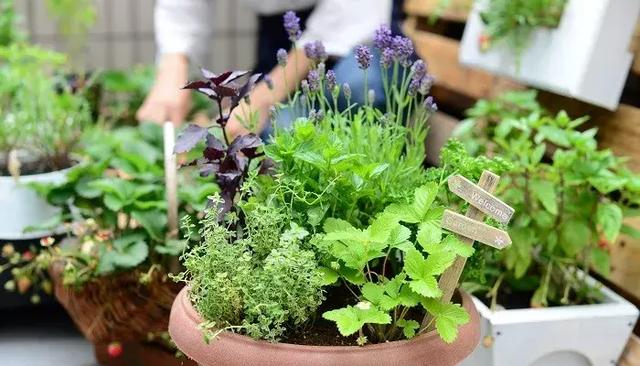
Having a small vegetable garden is probably the dream of many people.
Although vanilla is not the main ingredient as a seasoning, it adds a lot of flavor to food. It is also relatively easy to plant and grows quickly.
Make use of your own balcony to create a small herb garden. It is not only beautiful, but you can also pick a few leaves to add to your dishes when you want to eat them.
Today I will share with you 8 ways to grow herbs, so take action now!

Preparation before planting
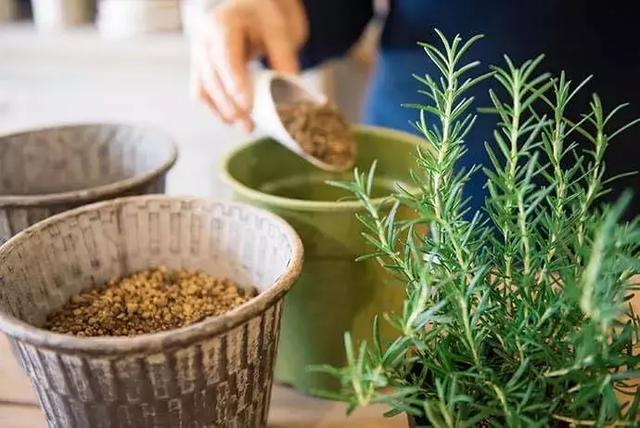
01
seeds/seedlings
Seeds or seedlings can be selected online, and there are a wide variety of varieties.
Since it is summer now, the sowing time for many herbs has been missed, so you can directly buy seedlings for planting. This will not only save two to three weeks of growth time, but also make the plants more likely to survive.
02
soil
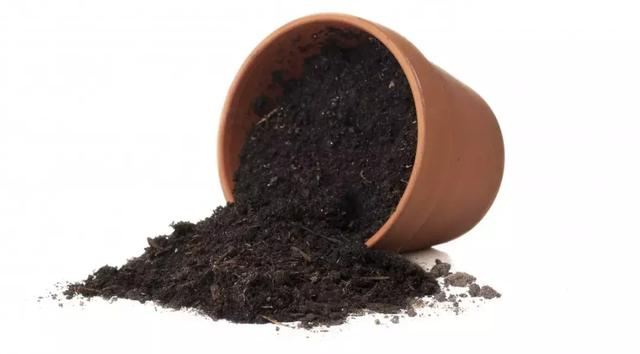
It is not easy for those of us living in cities to dig up good soil, so it is recommended that you purchase some general organic soil such as seedling soil.
Don’t think about digging the soil downstairs in the community. It is prone to insects and the soil is generally not suitable for growing vanilla.
03
flowerpot
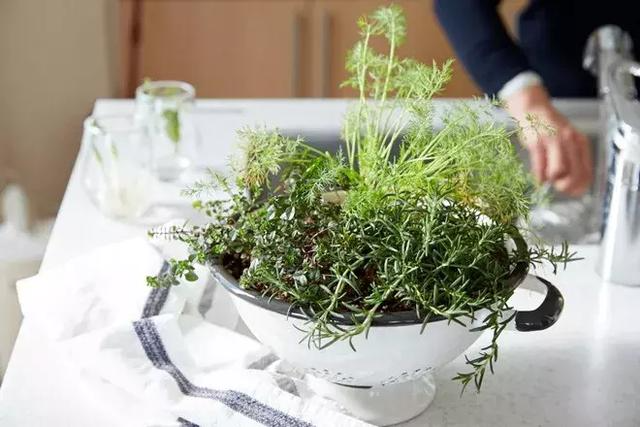
You can buy balcony planting pots, which have large capacity and good air permeability. If you think the planting pots are not beautiful, you can also buy nice gallon pots. A single plant can also grow very large.
If you buy seeds, you need to first grow the seeds into seedlings in a seedling pot, and then transplant them into a large planting pot.
04
Gadgets
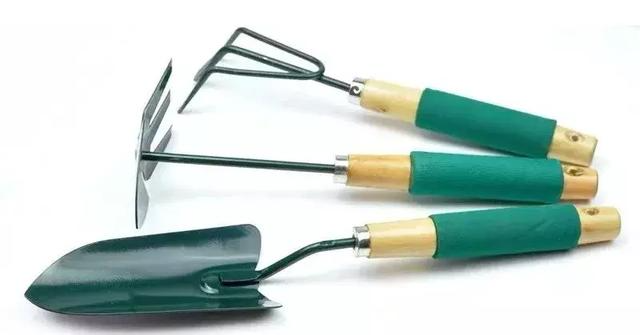
There are usually sets of gardening tools for sale online, mainly including shovels and rakes of different shapes. Since they are designed for balcony planting, they are relatively small in size.
Other than that, a watering can/spray bottle and pruning shears are basically all you need.

Sowing and planting
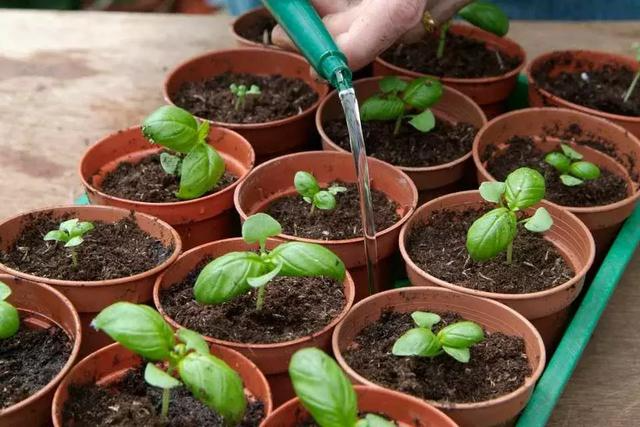
Sowing and planting are the most important steps in growing vanilla, which directly determine whether the plant can survive, so it must be cared for patiently.
01
sowing
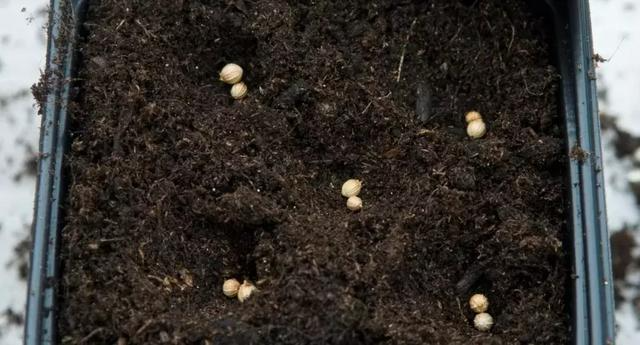
What is the appropriate depth for seeds?
If it is too deep, the seedlings may not grow; if it is too shallow, the roots cannot take root deeply and the seedlings cannot grow strong.
So it depends on the size of the seeds. The depth should be 3 times the diameter of the seeds .
Bury the seeds, cover them with soil, then water them thoroughly, keep the soil moist, and wait for the seedlings to emerge.
02
Seedlings were successfully raised and transplanted
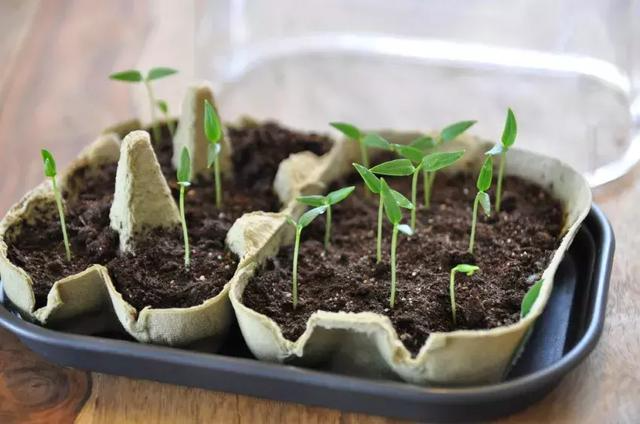
The ideal temperature for seed germination is generally between 20°C and 25°C. They prefer moisture and sufficient water during germination. They will usually sprout within 1-2 weeks.
After two leaflets (cotyledons) grow , start giving it sunlight .
After 4 large leaves (true leaves) have grown , the seedlings are stable and the root system is strong, then they can be transplanted .
For planting, the seedlings need to be moved to a larger pot and then planted according to the habits of different varieties.

Choice of vanilla varieties
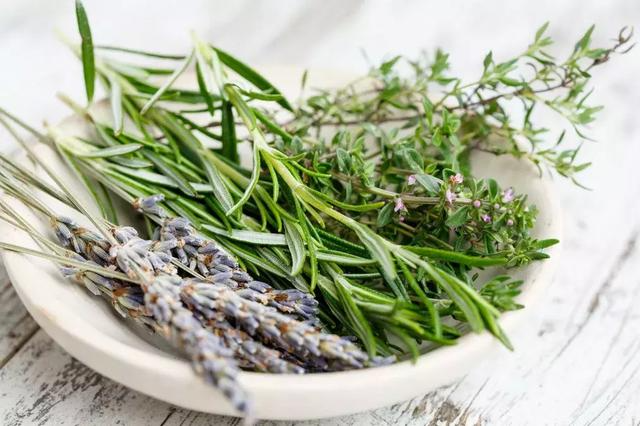
There are many varieties of herbs. I have compiled 8 ways to grow herbs that are often used in cooking . Please read on.
01
rosemary
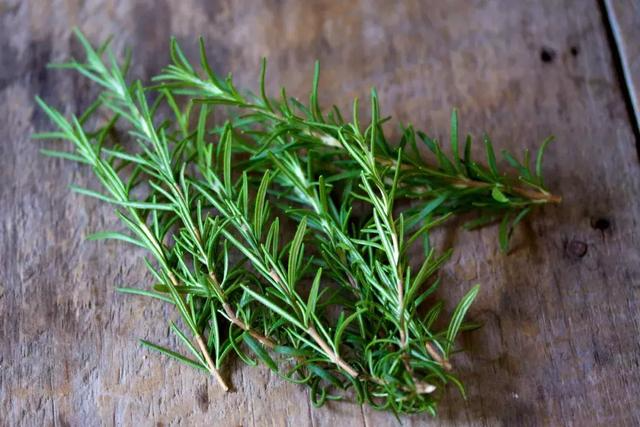
Rosemary is sown in early spring, but the germination rate is relatively low, generally only 20%, so it is not recommended to sow directly from seeds.
You can buy seedlings to plant, or propagate them by cuttings.
Rosemary water culture cutting method:
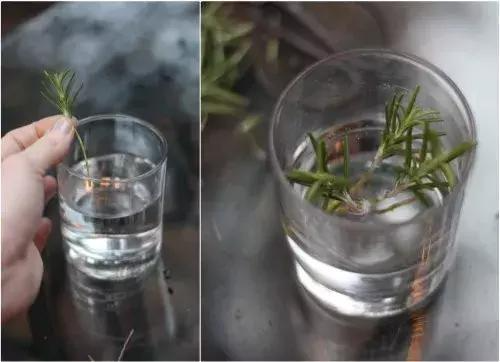
① In this season, use clean scissors to cut off 10~15 cm of the gray-white part of the branches for cuttings, and the cut surface should be clean and neat.
②Clean off 1/2 of the leaves at the root, insert the root directly into clean water, and inject water to the height below the leaves.
③ Place it on a sunny windowsill and change the water every 3 days for the first week; then change it again when the water becomes turbid.
④ After 5 to 8 weeks, white thin roots will grow from the roots. Continue to cultivate them. When there are at least 7 to 8 roots, each about 5 cm long, they can be transplanted.
⑤ After transplanting into a separate flowerpot, water it thoroughly. You can add some nutrient solution when watering.
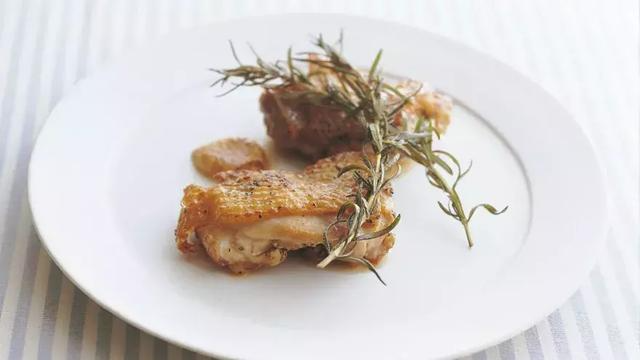
Rosemary has a strong aroma and is widely used in cooking meat to eliminate the fishy smell of meat and fish.
Moreover, only a few tender stems and leaves are needed to emit a rich aroma, making it an excellent choice for frying steak or roasting chicken.
02
Parsley
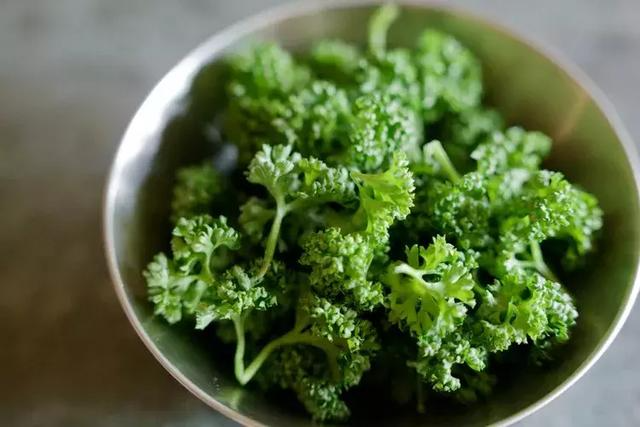
The sowing period of parsley is usually from March to May or from September to November, and the flowering period is from May to July.
The suitable temperature for sowing is 15℃~20℃, while the optimal growth temperature is 15℃~25℃.
Planting Tips:
① The germination rate of parsley through sowing is low. It usually takes 6 weeks for it to germinate, and sometimes even longer.
②If you want the seeds to germinate faster, you can soak the seeds overnight first, so that they will germinate 3 to 5 weeks after sowing.
③ You can also propagate parsley by cuttings. Simply select a stem about 8 to 12 cm long, cut off the leaves at the bottom, and insert it into the soil.
④The cultivation environment should be kept shaded and warm, with a slight amount of scattered light.
⑤ During the growth period, the plants need to be watered and fertilized once every 15 to 20 days, mainly with organic compound fertilizer. Top dressing should be done once after 1 to 2 harvests.
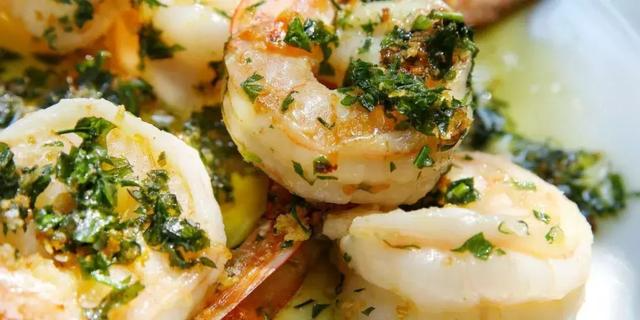
Parsley has a flavor similar to celery, but not as strong.
The parsley we often see is usually chopped into small pieces and used as the final garnish before serving, or used to remove the fishy smell from seafood.
03
Mint
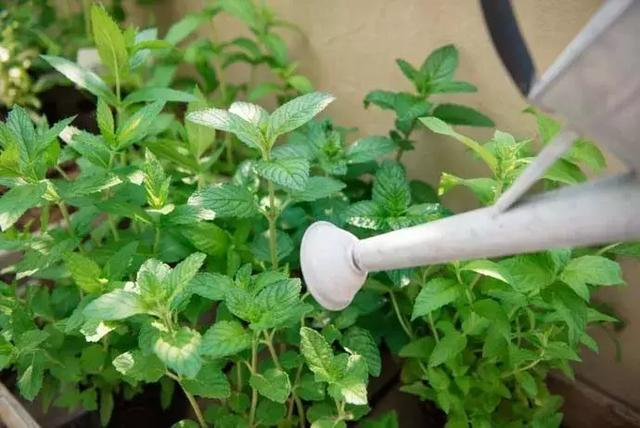
Mint seeds can be sown in spring or autumn, but because it is extremely resilient and easy to grow, it can also be planted in other seasons.
Planting Tips:
① Before sowing, water the soil to make it completely moist, then spread the mint seeds evenly on the soil surface.
② Cover the seeds evenly with a layer of fine soil or fine sand, then cover with a layer of plastic film to keep it moist. Remember to poke a few small holes for ventilation.
③Water once a day until it sprouts and keep the soil moist.
④The flower pot can be placed in a bright place, such as on a balcony or by the window, to ensure that the mint receives sunlight every day, but it is best not to expose it to direct sunlight.
⑤ When planting mint, you need to choose a larger flowerpot because the roots of mint grow faster.

Mint can be used as a spice, and can also be used to make cocktails, tea, etc.
A mint ice drink is so refreshing in the hot summer.
04
lemongrass
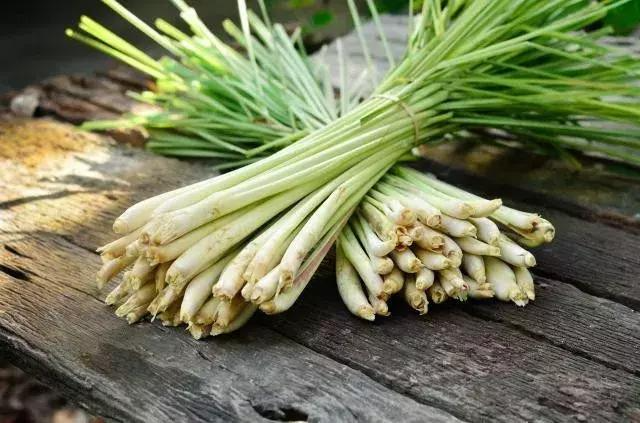
Lemongrass, also known as citronella, is named because its stems and leaves produce a lemon-like aroma.
Essential oils can also be extracted from its stems and leaves for making perfumes, soaps, etc.
Planting Tips:
①The germination rate of seeds is low, so the soil must be kept loose and breathable.
②After sowing the seeds, remember to water them every day and cover the surface with a layer of film.
③It is best to place the flower pot outdoors in a sunny place, but also avoid direct exposure to the sun.

Because its flower stems emit a strong lemon aroma and a minty, refreshing smell, it is suitable for cooking chicken and seafood.
For example, Thai Tom Yum Goong soup uses lemongrass as the main seasoning.
05
Perilla
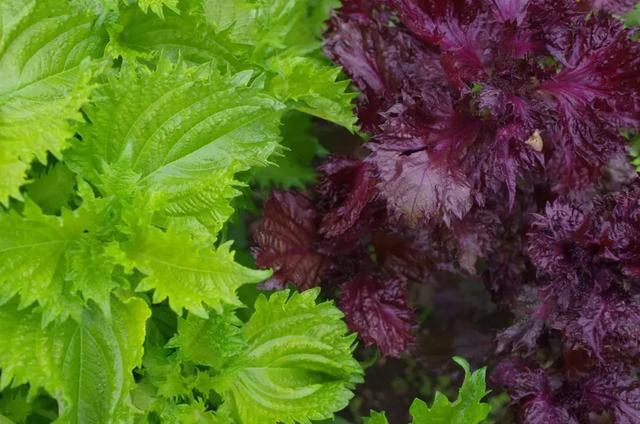
Perilla seeds can be sown in spring or autumn. In spring, they can be sown from March to June, and in autumn, they can be sown from August to October. Perilla seeds sown in these two time periods have the highest germination rate and grow the best.
Planting Tips:
① Soak the seeds in clean water for 4 hours to promote germination.
②Mix potting soil with finer soil and spread the soaked seeds evenly on it.
③ Cover with a wet cloth and spray water 6 to 8 times a day to keep it moist.
④After two weeks, when the seeds begin to sprout, remove the wet cloth.
⑤The soil must be loose. It is best to choose loose and fertile sandy loam with good drainage. After the seeds germinate, they can be transplanted into pots.
⑥When the perilla grows to 30 cm in height, you can pick the leaves and use them.
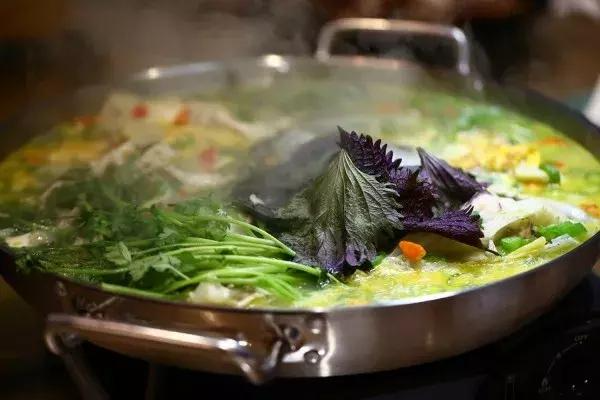
People use perilla to cook various dishes, often eating them with fish and crabs, such as the perilla stewed fish that southerners love to eat.
Koreans use perilla to make kimchi or eat barbecue with fresh perilla leaves.
By the way, perilla can also be used to extract plant essential oils, which you may find on your dressing table.
06
Basil
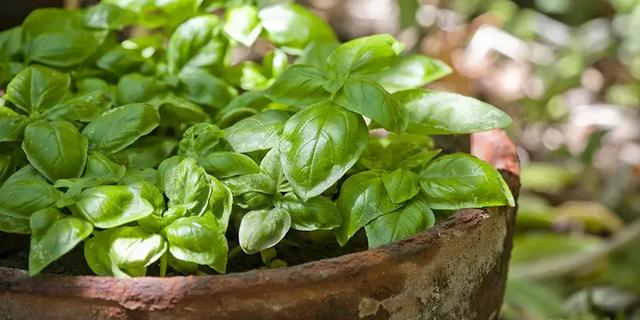
Basil needs a suitable temperature to ensure rooting after sowing, so the sowing time is generally from April to May. However, there is no strict limit on the specific time, and it can be sown earlier or later.
In this season, it can also be planted directly by cuttings.
Planting Tips:
① Use a watering can to wet the culture soil and put in about 10 basil seeds.
② It has high water requirements and should be watered regularly every day. It will germinate and grow seedlings after about a week.
③ Ensure the environment is warm, and it grows better in spring and summer.
④It has high requirements for sunlight, so it is best placed in a sunny place at home.
⑤ Apply foliar fertilizer once every 1 to 2 months.
⑥ Basil prefers a warm environment with full sunlight. It begins to age after flowering, so the branches should be pruned frequently to delay the flowering period.
⑦ If small flower buds are found, remove them immediately.
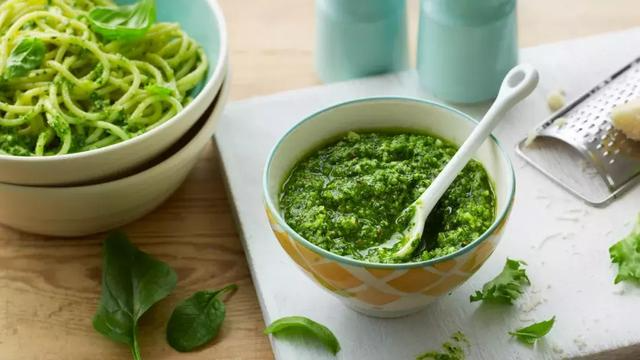
Basil, also known as nine-layer tower, is full of fragrance. After being made into sauce, it can be preserved for a long time and can resonate wonderfully with many delicacies.
For example, pesto made with basil as the main ingredient can be paired with pasta or toast, and has excellent flavor.
07
dill
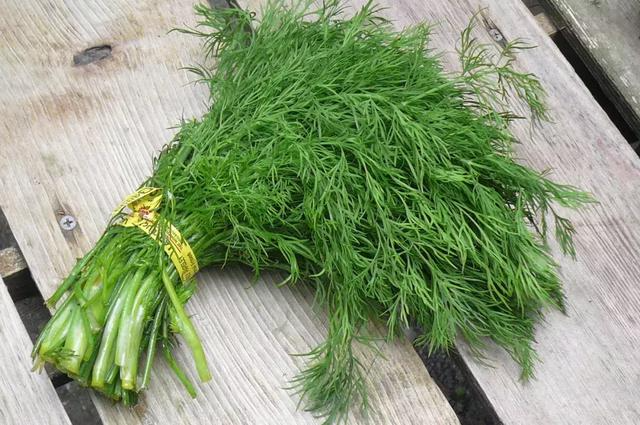
The flowering period of dill is from February to July. The suitable temperature for sowing is 12℃~15℃, and the optimal growth temperature is 15℃~28℃. It can now be planted by cutting method.
Planting Tips:
① Soak the seeds in warm water for 4 to 5 days before sowing, and change the water once a day.
② Spread the seeds evenly on the soil, cover with a thin layer of soil, and sprinkle water lightly with a fine-hole watering can.
③ Keep the soil moist and have sufficient light during the seedling period.
④ When the seedlings grow to 5~8 cm, organic fertilizer can be applied along with water.
⑤Dill blooms in early April and its seeds mature in mid-October and can be harvested.
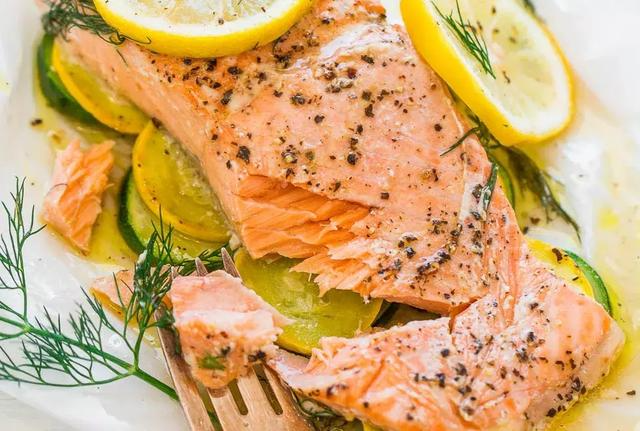
Dill looks similar to fennel, but its flavor is different.
Although it is not yet popular in most people's homes, it is a regular on the tables of many Western restaurants and is suitable for pairing with fish, seafood, vegetables, etc.
Basil and dill are both heat-resistant, and summer is a good time for them to grow, suitable for friends who are unable to catch up with spring sowing.
08
Thyme
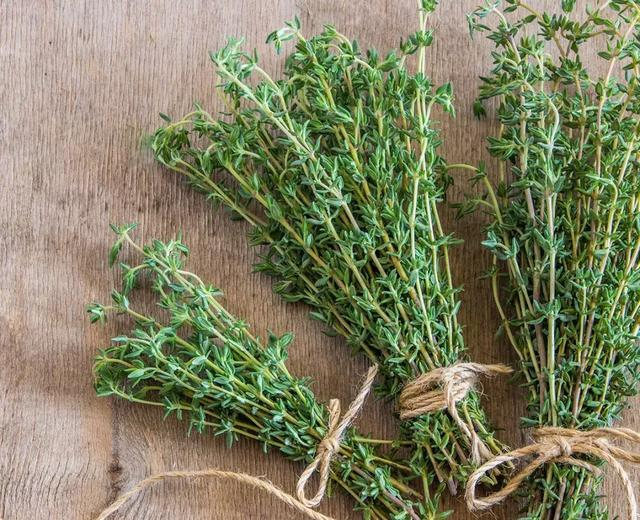
Thyme is usually planted in spring between March and April, and blooms in July and August. It is easy to propagate by cuttings, which can easily root.
Planting Tips:
① It is advisable to choose peat soil as the cultivation material, water it thoroughly, and then sow thyme seeds.
② After sowing, place it in a place with sufficient sunlight but not direct sunlight. Tender shoots will emerge after about two weeks.
③ Do not water too much, otherwise the roots will easily rot. It is best to wait until the soil is slightly dry before watering.
④You can also choose the thyme cutting method, which is easier to root and reproduce.
⑤ Thyme should be fertilized in moderation. It grows vigorously in spring and autumn, so less flower fertilizer can be applied. It is best not to fertilize in summer.
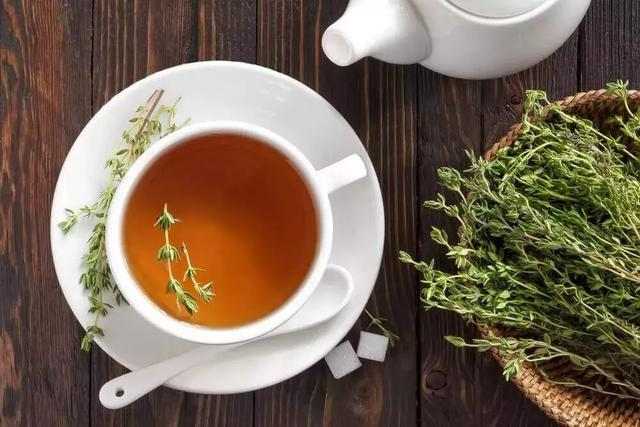
In China, thyme is often used as tea. When the weather is hot, brewing a cup of thyme tea can cool you down and quench your thirst.
The main edible part of thyme is fresh branches and leaves, while dried thyme can be used as a seasoning spice and paired with seafood, meat, etc.

How to grow vanilla well?
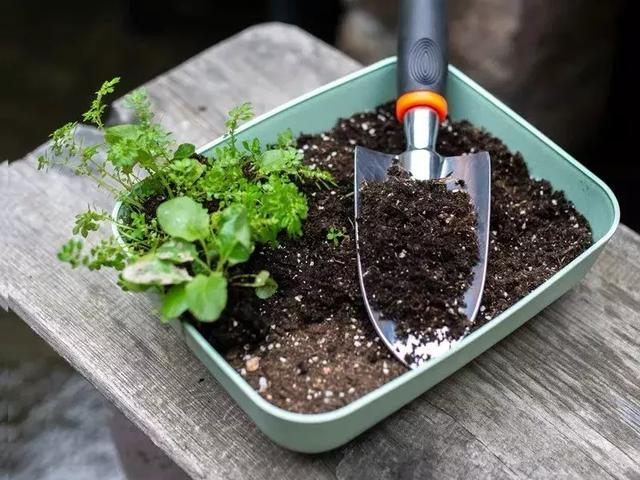
After the vanilla plant survives, it must be carefully cared for so that it can grow lush and easy to use.
01
Remember to give them a new home
When growing plants, the key is to grow the "roots" . You need to provide the "roots" with appropriate space, water and fertilizer.
The space for root growth in potted plants is the volume of the pot. As plants grow bigger, they need to be moved to a new home. This problem does not exist for plants in flower gardens or vegetable gardens. The earth is vast and there are no limits for them.
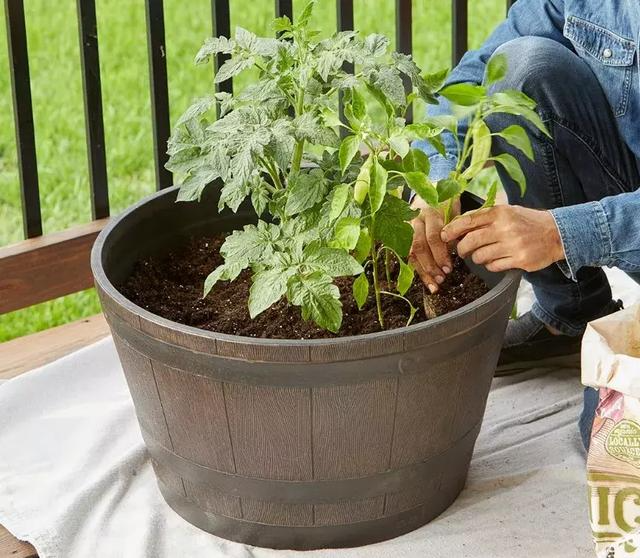
Especially for plants that grow vigorously, if the pot limits the growth space of the roots, they will no longer be able to grow, but will grow older and older, and eventually die.
02
The "toothpick method" teaches you when to water
Most potted plants died from being overwatered, and a small number died from drying out.
How do you know when to water? I recommend the "toothpick method."
Insert a toothpick into the soil in the pot a little deeper, take it out after a quarter of an hour, and judge the moisture of the soil by looking at the color of the toothpick.
If the color of the toothpick becomes darker, there is no need to water it; if the toothpick becomes dry and does not change color, you need to water it quickly.
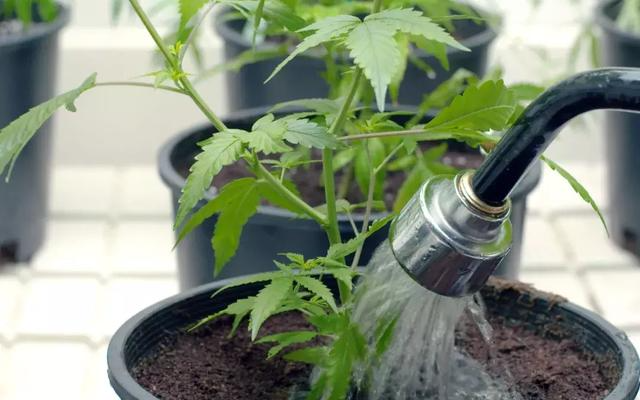
How much water should be poured?
Remember to "water when dry and wet when wet" (water is dry when the topsoil is dry, and wet when water flows out from the bottom of the pot).
Try the "toothpick method + test when dry and wet" , which is suitable for all potted plants.
03
Willing to pick the heart
For plants that need to sprout side buds and branches, the advice to be given during the growth stage is: pinching.
After pinching, the plant will grow more vigorously and the leaves will be larger.
For example, the picked leaves of basil can be used in cooking.
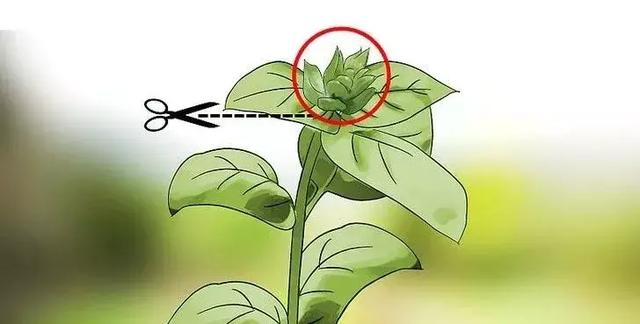
Novice planters may be reluctant to pinch off the tips of the plants, but improper care will cause them to grow into a solitary stem, reduce the number of leaves, and dilute the fragrance.
Go build your own herb garden!